
Photo
(Hydrangea radiata) This deciduous shrub with peeling bark on its stems occurs in open woods as well as along streams and in moist roadside areas. The flowers form dense clusters with showy white...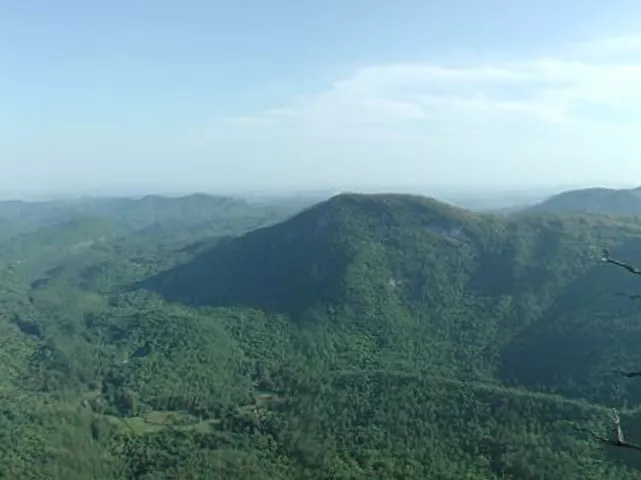
Cove forests are unique ecosystems found exclusively in North America, in the southern Appalachian Mountains of the United States. They are a special type of forest known as mixed deciduous, meaning that forest's trees lose their leaves in fall. Cove forests are restricted to mountain "coves," which are bowl-shaped valleys with very rich, fertile, damp soil. Many cove forests have streams wandering through part of the forest. The cove forests of the South exhibit the greatest plant and tree diversity of any forests in the United States.
The cove forests of South Carolina are restricted to the northwest portion of the state, extending from the north of Westminster to north of Greenville, Jones Gap State Park, Table Rock State Park, Oconee State Park, and Caesars Head State Park all contain cove forest communities. For more information, view the credits or find out how to plan a trip to a cove forest.
---
PLEASE NOTE:

Photo
(Hydrangea radiata) This deciduous shrub with peeling bark on its stems occurs in open woods as well as along streams and in moist roadside areas. The flowers form dense clusters with showy white...
Photo
(Lindera benzoin) This upright deciduous shrub occurs along streams and in rich moist woods. It produces dense clusters of small yellow flowers in early spring and bright red berry-like fruits in the...
Photo
The common name of this deciduous shrub refers to its fragrant leaves, twigs, and flowers. It has distinctive maroon or brownish flowers that develop into large brown pods. White-footed mice often...
Photo
On warm spring days, flowers are often actively visited by pollinators. However, in late winter and early spring, when many herbaceous plants are in flower, it is often too cold for pollinators to fly...
Photo
Trout lily has a very short growing season. Plants emerge in late winter-early spring as soil temperatures rise. A few weeks later, when the canopy trees leaf out, and the florest floor is in deep...
Photo
This large tree which can be found in forests, roadsides and fields has a straight trunk and large leaves with four sharp-tipped lobes. The greenish-yellow, cup-shaped flowers provide an important...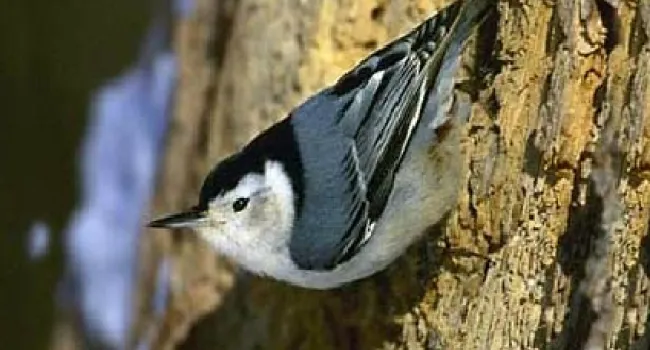
Photo
(Sitta carolinensis) Typically found in mature hardwood forests. Forages for insects on the trunk and large branches of tress by hopping up and down clinging to the bark. In the winter stores or...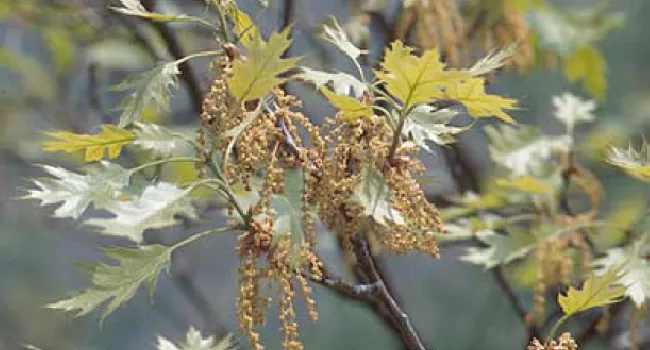
Photo
Trees, such as oaks and hickories, and herbaceous plants such as grasses and sedges have small inconspicuous flowers that lack nectar, odor and bright colors. Because these plants are wind-pollinated...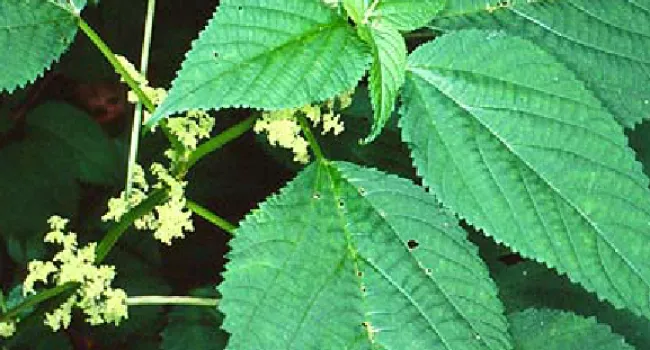
Photo
(Laportea canadensis) This is a plant that you may not want to touch as stinging hairs cover its stems and leaves. Why does it sting? One hypothesis is that its hairs deter some animals from feeding...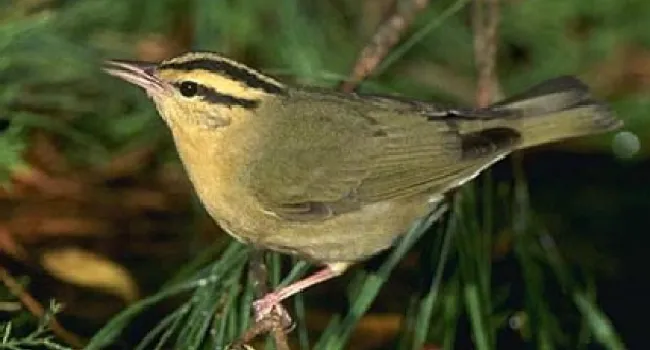
Photo
(Helmitheros vermivorus) An insect eater that does not feed heavily on earthworms. Most feeding is concentrated at the ground or shrub levels. Prefers dense wooded areas, especially cool, shaded...